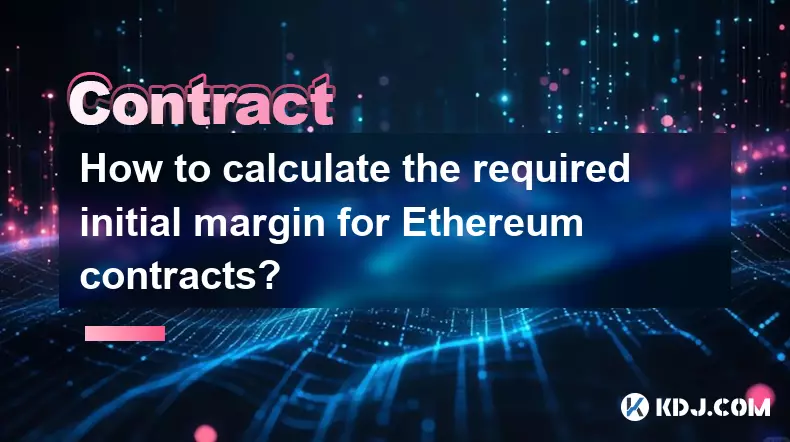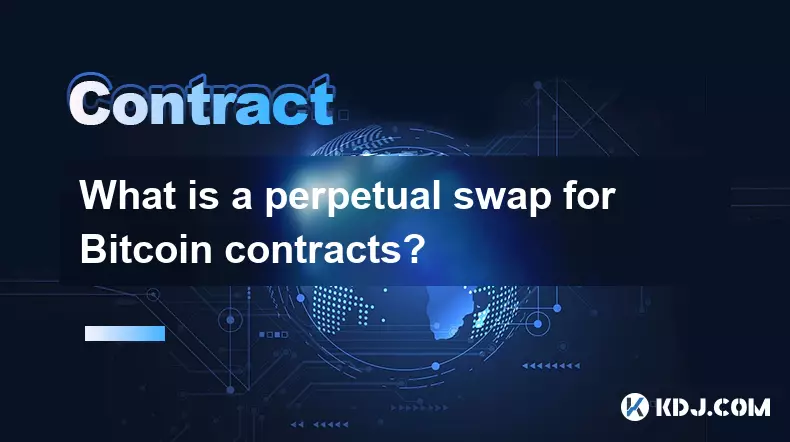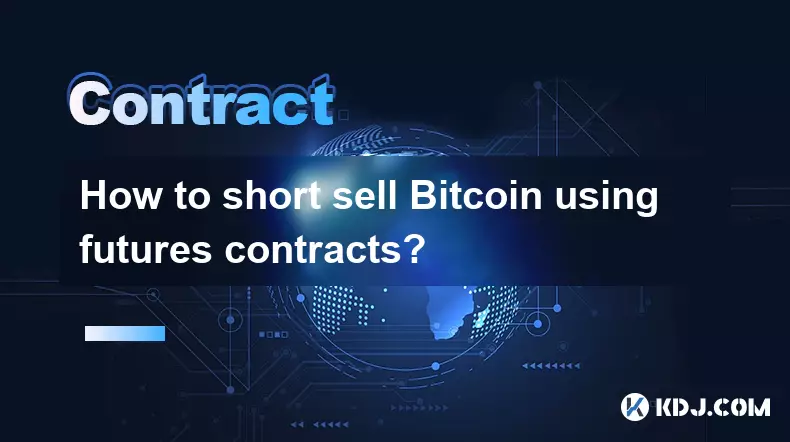-
 bitcoin
bitcoin $118548.520763 USD
3.67% -
 ethereum
ethereum $4352.564943 USD
4.79% -
 xrp
xrp $2.964058 USD
4.22% -
 tether
tether $1.000565 USD
0.05% -
 bnb
bnb $1028.372955 USD
1.46% -
 solana
solana $221.373507 USD
6.00% -
 usd-coin
usd-coin $0.999933 USD
0.02% -
 dogecoin
dogecoin $0.248633 USD
6.85% -
 tron
tron $0.341444 USD
2.38% -
 cardano
cardano $0.852946 USD
5.82% -
 hyperliquid
hyperliquid $47.869306 USD
6.15% -
 chainlink
chainlink $22.561476 USD
6.01% -
 ethena-usde
ethena-usde $1.001258 USD
0.05% -
 avalanche
avalanche $30.660000 USD
2.06% -
 stellar
stellar $0.400917 USD
9.76%
How is the forced liquidation mechanism for TRON (TRX) contracts triggered?
When a TRON-based position falls below the collateral threshold, smart contracts automatically trigger liquidation, allowing bots to repay debt and claim collateral at a discount.
Sep 25, 2025 at 05:55 pm

Understanding the TRON (TRX) Contract Liquidation Process
1. The forced liquidation mechanism in TRON-based smart contracts is primarily activated when a user's margin ratio falls below a predefined threshold. This typically occurs in decentralized finance (DeFi) applications built on the TRON network, such as lending and borrowing platforms or perpetual futures exchanges. When users open leveraged positions, they must maintain a minimum amount of collateral relative to their borrowed assets.
2. Each TRON DeFi protocol sets its own liquidation threshold, often ranging between 110% and 150% for collateralization ratios. If the value of the collateral drops due to market volatility and the ratio dips below this level, the system flags the position as undercollateralized. At this point, the smart contract automatically initiates the liquidation process to protect the platform from insolvency.
3. Liquidators—often automated bots or designated participants in the ecosystem—are incentivized to repay part of the borrower’s debt in exchange for receiving the collateral at a discounted rate. This discount, known as the liquidation penalty, typically ranges from 5% to 10%, rewarding the liquidator while ensuring the protocol recovers sufficient value.
4. The entire process runs without human intervention thanks to immutable smart contracts deployed on the TRON blockchain. These contracts continuously monitor account health using real-time price feeds from trusted oracles. Once the trigger condition is met, the function executes immediately, minimizing risk exposure for the overall system.
5. After liquidation, the delinquent position is either partially or fully closed, depending on the protocol’s design. Some systems allow partial liquidations to preserve the remaining position if the collateral ratio can be restored above the threshold after seizing a portion of the assets.
Role of Oracles in TRON Liquidations
1. Accurate and timely price data is essential for determining when a position should be liquidated. On the TRON network, decentralized oracles pull market prices from multiple sources and feed them into smart contracts. These oracle networks help prevent manipulation by aggregating data and implementing time-weighted average pricing mechanisms.
2. If an oracle fails to update prices during high market volatility, there’s a risk of delayed or inaccurate liquidations. To mitigate this, many TRON protocols implement fallback mechanisms or use multiple oracle providers to ensure redundancy.
3. Oracle security is paramount because falsified price data could lead to wrongful liquidations or exploited vulnerabilities. Projects on TRON often adopt established oracle solutions or build proprietary systems with verification layers to maintain trust and accuracy.
4. In cases where price updates lag significantly behind actual market movements, users may experience sudden liquidations even if their positions were momentarily stable. This emphasizes the importance of over-collateralizing positions or actively managing leverage during turbulent markets.
5. Some advanced TRON-based platforms incorporate circuit breakers or grace periods that temporarily halt liquidations during extreme price swings, giving oracles time to catch up and reducing the chance of erroneous executions.
Risk Management Strategies for TRX Position Holders
1. Users engaging with leveraged contracts on TRON should closely monitor their health factor—a metric indicating how close a position is to liquidation. A lower health factor means higher risk, and most platforms display this in real time within their interfaces.
2. Depositing additional collateral proactively can prevent unexpected liquidations during downturns. This action increases the margin ratio and pushes the liquidation price further away from the current market value.
3. Setting personal stop-loss alerts through external tools helps traders respond before automated systems intervene. While smart contracts act instantly upon threshold breaches, manual oversight allows for strategic decisions like reducing position size or closing trades early.
4. Choosing stablecoins as collateral instead of volatile assets like TRX reduces the likelihood of rapid devaluation triggering liquidation. However, this strategy limits upside potential if the underlying asset appreciates significantly.
5. Participating in community-run liquidation pools or becoming a liquidator oneself can turn risk into opportunity, allowing users to profit from others’ undercollateralized positions while supporting network stability.
Frequently Asked Questions
What happens to my remaining funds after a TRON contract is liquidated?If only a portion of your position is liquidated, the remaining collateral stays in your account as long as the health factor improves above the threshold. In full liquidations, any leftover value after settling the debt is returned to the user, though this depends on the specific protocol’s recovery logic.
Can I appeal or reverse a liquidation on the TRON network?No. Once a liquidation is executed by a smart contract, it cannot be reversed. The transaction is final and recorded permanently on the blockchain. There is no central authority to dispute the outcome, which underscores the need for proactive risk management.
Are all TRON-based dApps using the same liquidation rules?No. Different decentralized applications on TRON implement their own parameters, including varying collateral ratios, penalty rates, and liquidation methods. Users must review each platform’s documentation to understand its specific mechanics before opening positions.
How fast does a TRON liquidation occur once triggered?Liquidations typically happen within seconds after the price update confirms the breach. Since they are handled by smart contracts and initiated by liquidator bots scanning the mempool, execution speed depends on network congestion and the responsiveness of oracle feeds.
Disclaimer:info@kdj.com
The information provided is not trading advice. kdj.com does not assume any responsibility for any investments made based on the information provided in this article. Cryptocurrencies are highly volatile and it is highly recommended that you invest with caution after thorough research!
If you believe that the content used on this website infringes your copyright, please contact us immediately (info@kdj.com) and we will delete it promptly.
- BlockDAG, DOGE, HYPE Sponsorship: Crypto Trends Shaping 2025
- 2025-10-01 00:25:13
- Deutsche Börse and Circle: A StableCoin Adoption Powerhouse in Europe
- 2025-10-01 00:25:13
- BlockDAG's Presale Buzz: Is It the Crypto to Watch in October 2025?
- 2025-10-01 00:30:13
- Bitcoin, Crypto, and IQ: When Genius Meets Digital Gold?
- 2025-10-01 00:30:13
- Stablecoins, American Innovation, and Wallet Tokens: The Next Frontier
- 2025-10-01 00:35:12
- NBU, Coins, and Crypto in Ukraine: A New Yorker's Take
- 2025-10-01 00:45:14
Related knowledge

What is the difference between futures and perpetual contracts for Bitcoin?
Oct 02,2025 at 11:54pm
Understanding Bitcoin Futures Contracts1. Bitcoin futures are derivative instruments that allow traders to speculate on the future price of Bitcoin at...

What is the maintenance margin for Bitcoin contracts?
Oct 02,2025 at 01:36am
Decentralized Exchanges Gain Momentum in 20241. Decentralized exchanges (DEXs) have seen a significant rise in trading volume, surpassing centralized ...

How to calculate the required initial margin for Ethereum contracts?
Oct 01,2025 at 06:01am
Understanding Initial Margin in Ethereum Futures1. The initial margin for Ethereum futures contracts represents the minimum amount of capital a trader...

What is a perpetual swap for Bitcoin contracts?
Oct 01,2025 at 08:18am
Understanding Perpetual Swaps in Bitcoin Trading1. A perpetual swap is a type of derivative contract that allows traders to speculate on the price of ...

What is the best platform for trading SOL contracts?
Oct 01,2025 at 06:36am
Understanding the Role of Decentralized Exchanges in Modern Crypto Trading1. Decentralized exchanges (DEXs) have reshaped how traders interact with di...

How to short sell Bitcoin using futures contracts?
Oct 01,2025 at 02:54am
Understanding the Role of Decentralized Exchanges in Crypto Trading1. Decentralized exchanges (DEXs) have become a cornerstone of the cryptocurrency e...

What is the difference between futures and perpetual contracts for Bitcoin?
Oct 02,2025 at 11:54pm
Understanding Bitcoin Futures Contracts1. Bitcoin futures are derivative instruments that allow traders to speculate on the future price of Bitcoin at...

What is the maintenance margin for Bitcoin contracts?
Oct 02,2025 at 01:36am
Decentralized Exchanges Gain Momentum in 20241. Decentralized exchanges (DEXs) have seen a significant rise in trading volume, surpassing centralized ...

How to calculate the required initial margin for Ethereum contracts?
Oct 01,2025 at 06:01am
Understanding Initial Margin in Ethereum Futures1. The initial margin for Ethereum futures contracts represents the minimum amount of capital a trader...

What is a perpetual swap for Bitcoin contracts?
Oct 01,2025 at 08:18am
Understanding Perpetual Swaps in Bitcoin Trading1. A perpetual swap is a type of derivative contract that allows traders to speculate on the price of ...

What is the best platform for trading SOL contracts?
Oct 01,2025 at 06:36am
Understanding the Role of Decentralized Exchanges in Modern Crypto Trading1. Decentralized exchanges (DEXs) have reshaped how traders interact with di...

How to short sell Bitcoin using futures contracts?
Oct 01,2025 at 02:54am
Understanding the Role of Decentralized Exchanges in Crypto Trading1. Decentralized exchanges (DEXs) have become a cornerstone of the cryptocurrency e...
See all articles










































































